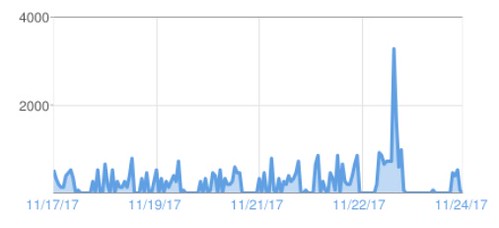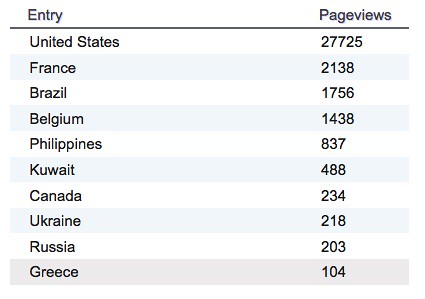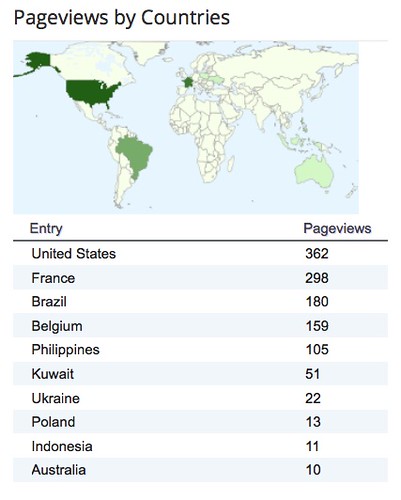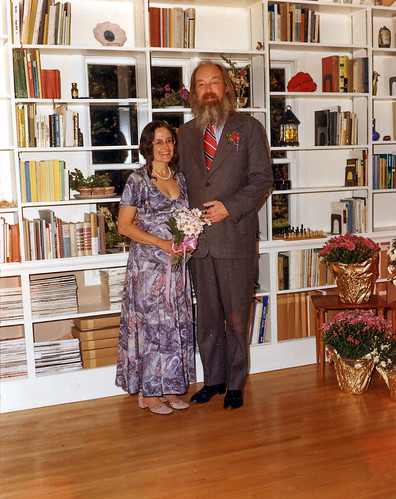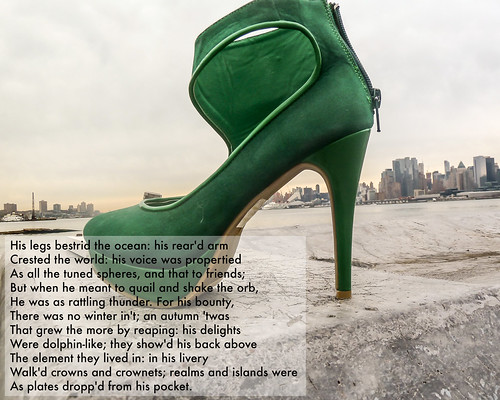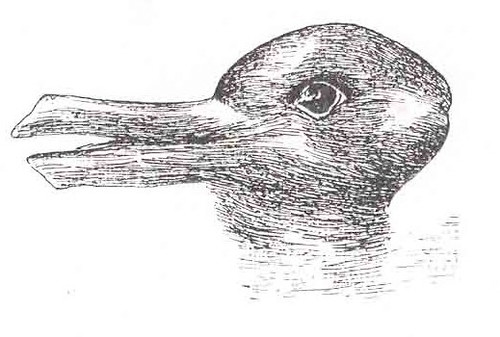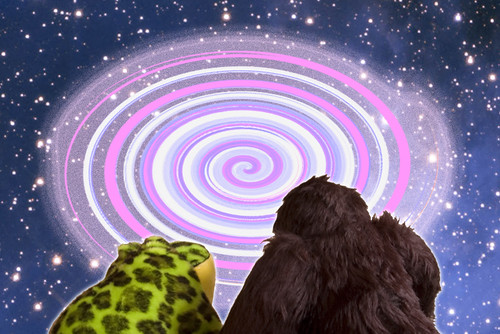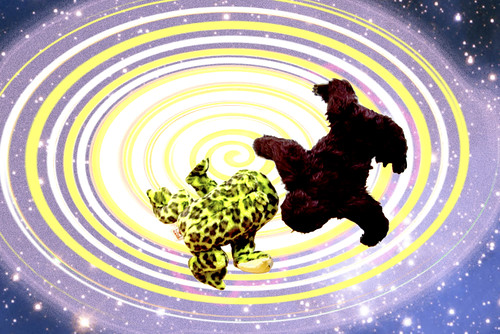I've been reading the new Canon/Archive by Franco Moretti and 13 others and decided to bump this post to the top of the queue for reasons that will become obvious when you read addition I've made to the head of the post.
EXTRA! EXTRA! READ ALL ABOUT IT! LATE ADDITION!
In the first paragraph of his preface to Canon/Archive Moretti tells us how the Literary Lab decided to publish its own pamphlets:
A well-known scholarly journal had been asking for an article on new critical approaches, and that’s where we sent the piece once it was finished. But it came back with so many requests for corrections that it felt like a straightforward rejection. It was dismaying; a few years ago, computational criticism was still shunned by the academic world, and we couldn’t help thinking that what was being turned down was not just an article, but a whole critical perspective. And since we also thought that the essay was perfectly fine as it was, we decided that—instead of trying our fortune with another journal (or, god forbid, making the required alterations)—we would publish it on our own, as a document of the Literary Lab. I cannot remember how the term “pamphlet” came up; and, frankly, it wasn’t even the right one: pamphlets have a public vocation that our work, with its heavily technical aspects, couldn’t possibly have. But the word captured the euphoria of being on our own; the freedom to publish what we wanted, when and how we wanted: short, long, even very long, our pamphlets never come out a minute earlier than they’re ready, nor a minute later, either; and without going through the grinder of editing “styles.” And all this, because “Quantitative Formalism” was rejected by—Never mind. They did us a favor.
YES! To all of it, been there, done that. The following post tells how I was rejected at MLN early in my career in 1980 and at NLH just last year. It's pretty clear in both cases that "what was being turned down was not just an article, but a whole critical perspective." Moreover, it is computation that was being rejected in those cases as well as Moretti/LitLab's. I had framed the MLN submission as being structuralist, which it was in a way, but it was computational at its heart. The NLH submission was explicitly computational. Silly me, I thought the critical world was changing.
As for the term "pamphlet", it's fine. But hundreds if not thousands of academic, government, and industrial labs issue things called "technical reports", some of which become articles in the formal literature, and many do not. I've read 100s if not thousands of these tech reports, and have even written two (back at the Center for Manufacturing Productivity and the Rensselaer Polytechnic Institute).
And I certainly understand "the freedom to publish what we wanted ... long, even very long". Some of my best work takes the form of pieces that are too long for journal publication but too short for monograph publication. The economics of hardcopy publication places restrictions on what can be published and therefore, if only indirectly, on what is thought.
More later on Canon/Archive.
* * * * *
I’ve been discussing a manuscript of my that was rejected at
New Literary History:
Sharing Experience: Computation, Form, and Meaning in the Work of Literature, https://www.academia.edu/28764246/Sharing_Experience_Computation_Form_and_Meaning_in_the_Work_of_Literature
In
previous posts I’ve laid some groundwork, first discussing why I decided to submit to
NLH, then positioning the article within my larger intellectual project, and, most recently, recounting the history of literary criticism in the 1970s as it moved from openness to closure.
That brings us to 1980, when I decided to submit an essay about “Kubla Khan” to MLN. It was turned down on the basis of a deeply conflicted set of reviewer’s comments. Some of those comments are resonant with comments made by the reviewer who rejected the current essay for NLH. It’s that resemblance that, in part, prompted me to once more re-examine the 1970s and to write this series of posts.
In this post I begin by telling the story of being rejected at MLN. Then I discuss my rejection at NLH, in two parts. In the first part I discuss the similarities between the two rejections. In the second part I suggest that the NLH reviewer is skeptical about computing for reasons that seem more ideological than the result of well-informed study.
“Kubla Khan” – Rejected at MLN
In 1972 I filed a master’s thesis with the Humanities Center at Johns Hopkins. I forget the exact title, but it was a more or less structuralist analysis of “Kubla Khan,” the work that prompted me to go all-in on the emerging cognitive sciences (though the term, “cognitive science”, wasn’t coined until 1973). It wasn’t until 1980 that I decided to publish that work. I deleted a lot of the philosophical discussion, added some new diagrams of a style owing more to cognitive science than structuralism, and sent it out under the title “Articulate Vision: A Structuralist Reading of ‘Kubla Khan’.” By that time I’d ceased thinking of myself as a structuralist, after all I written a 1978 dissertation entitled “Cognitive Science and Literary Theory”, but I presented the paper that way because I figured that a literary audience would at least recognize structuralism.
But where should I submit it? No one was publishing essays like that.
I decided to submit to the comparative literature issue of MLN. The basic reason was simple; Richard Macksey edited that issue and he’s the one who directed that master’s thesis. Moreover the comparative literature issue publishes theoretical pieces, which this more or less was. And, of course, MLN had published my first cognitive networks piece in the special Centennial Issue, “Cognitive Networks and Literary Semantics” (MLN 91: 952-982, 1976).
So I submitted the piece to MLN. Macksey had to turn it down because the reviewer’s report was unfavorable. The reader noted that “I found myself teetering on the edge of Kubla’s girdling wall, uncertain whether to tip one way and fall into Benzon’s enchanted ground, or the other way and run from his tables and charts”. Note the reviewer’s alarm at the diagrams [1], which were somewhat more complicated than the one’s that Mark Rose had apologized for in Shakespearean Design back in 1972 [2]. The reviewer goes on to register “surprise at encountering a straightforward, unembarrassed structuralist analysis” in the deconstructive era.
Yet the reviewer acknowledges that those same charts “have a real value in coming to terms with the text, and I will no doubt refer to them when I teach the poem.” That strikes me as a very strong positive remark, a clear statement of his approval. After all, you don’t – at least I didn’t – ordinarily base your teaching on far-out crazy ideas; you are conservative in what you present to students. The reviewer went on, however, to complain that the essay “ought to argue with itself, to put into question some of the patterns it establishes – or better, perhaps to let the poem talk back.” And after this that and the other, they [yes, I know, but I prefer that usage to the more awkward “his or her”] flatly recommend against publication, no chance for revision.
It was a strange and conflicted review. The analysis seems to have made sense to the reviewer but did so in terms so at odds with their sense of the proper (deconstructive) way to approach a poem that they were in the grip of cognitive dissonance. It shouldn’t have made sense at all. But it did, gosh darn it! What to do? The easiest way to resolve that dissonance was simply to wish my article out of existence, that is, to reject it. Whatever Macksey himself may have thought about the article, he had little or no choice but to follow the reviewer’s advice and reject it.
And you know, come to think of it, since I knew Macksey personally, I called him up and we discussed the rejection. I don’t recall the discussion in any detail, though I remember that his wife, Catherine picked up the phone, but it was amiable. Macksey acknowledged the review was strange, but I didn’t push him on it. And that was that. But I’m not in a position to call Rita Felski, the editor of NLH.
Rejection at NLH
The reviewer at NLH didn’t express any such conflict or ambivalence. The rejection was firm and unequivocal. That’s quite clear. Beyond that, however, I’m a bit up in the air since I don’t know who the reviewer was and so have no sense of what they know. In particular, what do they know of computing, which is how I framed by article?












